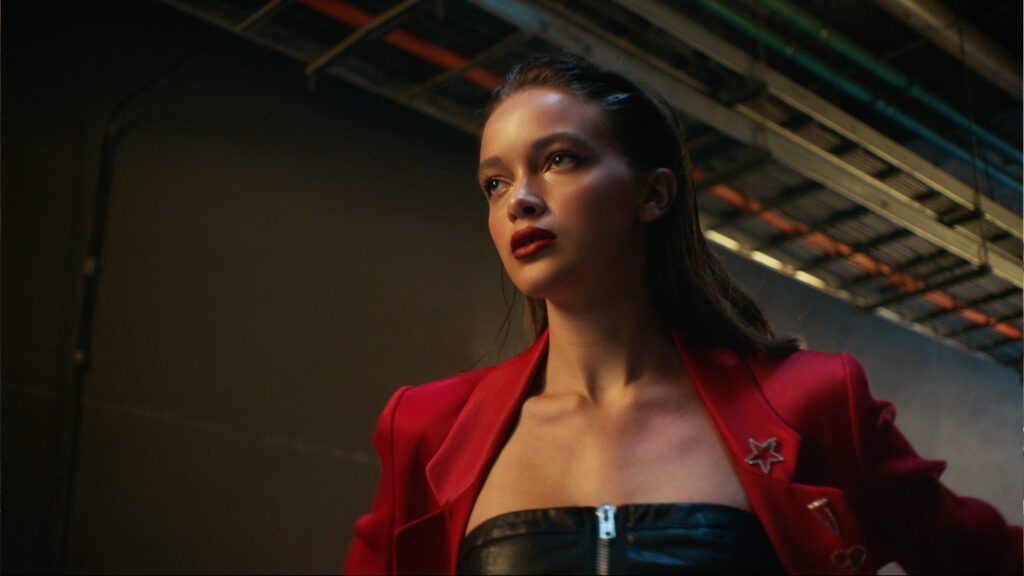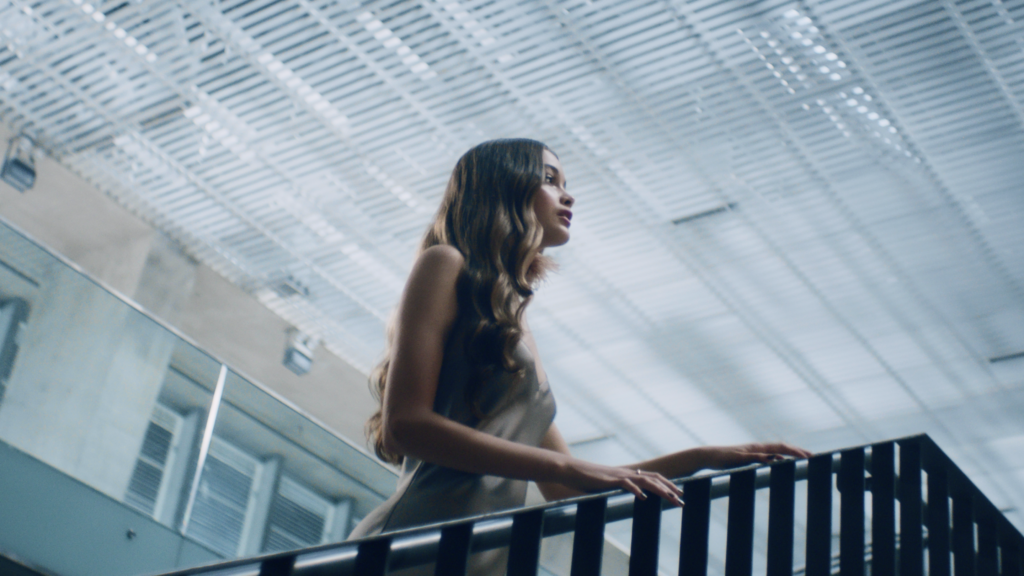
As a film director, you’re tasked with conveying a compelling story. Everything, from on-screen performances to the minutest of screen details, falls under your purview. But have you ever considered the role of a Colorist in your storytelling process? If not, you’re about to discover a filmmaking weapon you might not have known you had.
The Integral Role of a Colorist in Filmmaking
In the film industry, a Colorist is an expert in tweaking and improving color to highlight the desired atmosphere or tone of a scene. Their job extends beyond just color correction,
“Color grading can turn a simple image into a stunning tableau. It is the final stage that makes your film resonate with its intended emotional impact.”
How can a Colorist enhance your film?
As fundamental pieces of post-production, Colorists wield the power to:
- Emphasize or flatline certain emotions
- Manipulate focus and guide viewer’s eye
- Create visual consistency and balance
- Build period-specific aesthetics

The Magic of Color
Think of your favorite film, the scene that made your heart race or your eyes well up. Now, imagine it in black and white. Somehow less powerful, isn’t it? That’s the magic of color. It has the power not just to tell a story, but to make us feel it. Deep blues convey melancholy, bright yellows optimism, intense reds signal danger or passion.
A Colorist works like a magician, pulling these emotional strings by manipulating hues, contrasts and saturation levels. In essence, they take your raw footage and strategically apply film-grade color palettes to create an alluring visual narrative.
Crafting Creative Vision
Just as a composer crafts music to sets the emotion in a scene, a colorist paints with a palette of colors to set the mood, reflect characters’ feelings, or highlight pivotal moments. Their expertise can transform visuals from simply serving the narrative to actively enhancing it.
Working with a Colorist enables directors like you to tap into a world of emotional cues and storytelling tools that would otherwise be inaccessible. They give your film a distinct visual signature, a way to express the nuances of your characters and story with the broader sweep of a paintbrush.

Evolving the Art of Storytelling
Collaboration with a Colorist not only enriches your film visually but also evolves your storytelling techniques. Given their repertoire of film’s color psychology, a Colorist can help you make informed decisions on color schemes based on your story’s mood, genre, and thematic elements. A melancholic drama might benefit from a muted, desaturated palette while a vibrant, energetic comedy might plump for bright, saturated colors.
Hands down, a Colorist is your ally in filmmaking. Working together, the director’s vision and the Colorist’s expertise combine to create a far more engaging, evocative, and powerful cinematic experience.
Unleashing the Power of Color in Cinema
To sum it up, the magic of a Colorist’s touch on your film can bring your story to life in unique and arresting ways. Their skill in manipulating color to convey emotions and set the mood is quiet yet influential, impregnating your shots with deeper layers of meaning. In collaboration with a Colorist, you can steer your audience’s reactions, turning the narrative tides exactly as your vision dictates. Your story visuals will not just tell a story, they will sing it, making each frame a poignant verse in a grand cinematic poem.
Have you collaborated with a colorist in the past? How has he/she contributed to your film? Leave a comment below